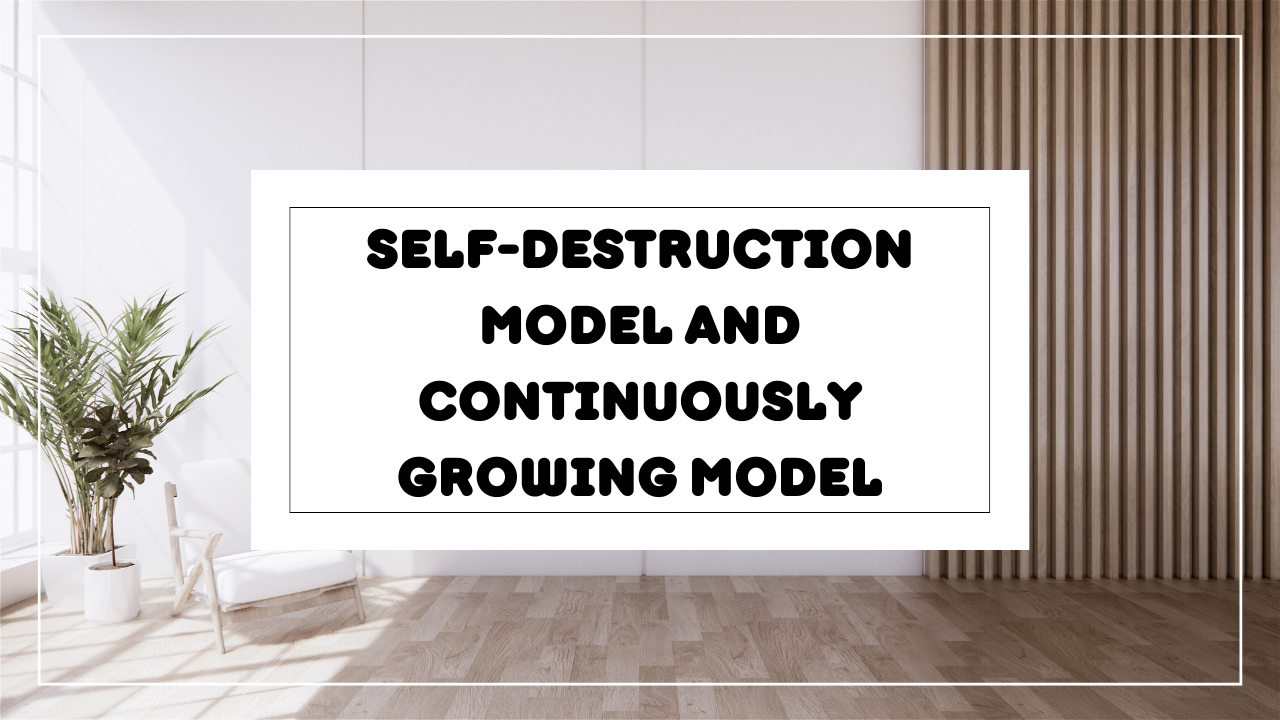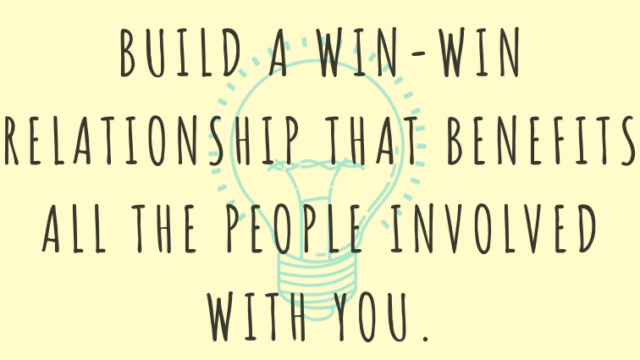To expand a business, you need to structure a business model based on the vision you want to achieve, and the logic and principles you use to validate the steps you take that guarantee the company’s success every day.
For attracting and developing relationships with customers, it is essential to accumulate a high retention rate of customers.
For recruitment, it is required to accumulate a low turnover rate in the organization.
If both customers are growing and the employee numbers are also growing, the business is guaranteed to scale. It’s obvious, right?
However, many businesses fail to achieve this process of growth.
This is particularly evident for models where the productivity per person is pretty much fixed, such as hair salons, barber shops, massage parlors, esthetic salons, and dental clinics.
I provide consultations to members of my groups about management issues, and in most cases, the business owner is not aware that they are engaged in building a system that will be destructed on its own, which I call a self-destruction business model.
What I mean by that term is that they are destroying their own business with their own hands without knowing they are doing it.
Typical signs that we often see from those businesses that fit in this model are
- Attracting customers via only a portal site
- Recruiting motivated, experienced staff
- Reflecting store sales performance in salaries
- Demanding staff to update blogs and social media accounts
These are all typical examples of a business that constructs a self-destruction model.
I understand that your business may not be the case. If that is true, congratulations you are safe, and you can keep going with what you have been doing. Great stuff^^
However, there are some who might have felt quite uncomfortable reading this message above because they tick-boxed the items mentioned above. You might have even reacted with the question: how can you say that this is a self-destructive act? What measures do you use to judge if the company is using the self-destruction model?
The answer to this question is actually very simple.
Just forecasting what will happen in near future.
The key to distinguishing between the self-destruction model and the continuously growing model is the difference when we forecast what lies half a step ahead of each model.
For example, in the case of attracting customers through a portal site, it is generally common knowledge that many customers are looking for discounts.
So what do you think will happen after they finish their first visit to the store then?
Yes, it is so obvious that they might not come back again because they don’t get a discount from repeating the shop. Therefore, it becomes difficult to retain repeat customers. In other words, you are sending customers who are inherently difficult to retain.
Even if you want to increase the retention rate, logically speaking, you are sending the wrong customers because those customers who make a booking through the portal side are less likely to lead to repeat business. They won’t rebook it if they can’t get a discount.
So the outcome is almost guaranteed from the outset.
In another case, you might want to try to encourage the staff at the physical space to have a sales talk to guide new customers to repeat booking. While some are good at it, it might be a burden on some of them who will leave the company because it feels stressful.
That burden may eventually turn into dissatisfaction and could lead to staff turnover.
As I said, when you forecast half a step ahead, you will realize how unaligned the action is to recruit motivated and experienced staff because they are already capable enough to become independent in the future.
Moreover, in the worst-case scenario, they may ask other staff to leave together as a group, bringing other employees with them.
Therefore, even If you want to reduce the turnover rate, unfortunately, you are already losing the game from the start if you aim to hire motivated and experienced staff unless there is a strong reason to stay in the company.
Also, commission-based sales performance in salaries can possibly drive a negative spiral because the worse they perform, the stronger they became in selling to catch up which moves customers further away and prevent them away from developing relationship with customers.
Demanding staff updating blogs and SNS without any specific goals or plans is also another cause for stress.
Hence, the key is to forecast half-step ahead and ask yourself if the measures you are considering, and the tool you are going to use is appropriate in your unique circumstance to develop the expected continuous growth.
These are all fundamental issues to consider.
I think all of us want to grow our business in a cumulative way. But to do so, we need to increase the repeat rate by getting our customers happy and decrease the turnover rate by keeping our employees happy.
However, I see many businesses that I had a chat with, not realizing that there is no future in the extension of what they are doing.
No matter how hard they work within this structure, unfortunately, the repeat rate will never increase and the turnover rate will not decrease.
In that sense, they are the one who gets in the way to stop our own growth with the system they have created.
I shared the examples mentioned above, but those are only an iceberg of the various models of self-destruction systems.
If you feel like you are a hamster in the wheel or you advance 3 steps forward followed by 2 steps backward, then you are definitely trapped in the system of self-destruction model.
Let’s identify the root cause of the factors that are causing the business to retreat. Identify and address the issue and rectify them with a new system of a continuously growing model.






